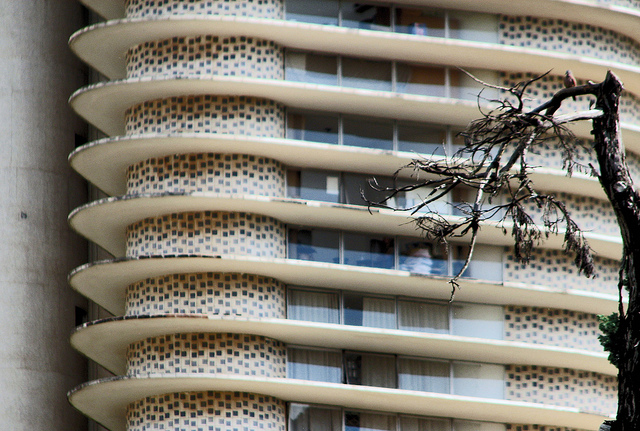In reviewing 2015, I am reminded of the issues that dominated multifamily investment discussion.
Let’s start with the funds. Blackstone Group LP, the world’s biggest alternative-asset manager, has closed on $15.8 billion for its global real estate fund. As of June, 2015, it was overseeing $93 billion in real estate assets. Goldman Sachs is oversubscribed for its $5.3 billion real estate fund.
What does this mean? These are smart people – and they have chosen real estate as their investment class. We all know that real estate provides a stable diversification to the volatility of the equity markets, and it has outperformed those markets for many, many years. But the enormity of these funds is concrete affirmation of its global favor.
Then consider the Millennials: 25 million classic apartment renters are still living at home. And it will be a while before they can afford—or want –to purchase a home: student debt; flexibility to move for job opportunities; later marriages and children, etc. And recently FHA has ruled that potential home buyers who carry student debt will have to include that debt (even deferred) in their debt-to-income calculations. So it will be even harder to qualify for a mortgage. They (25 million) will need rental housing. That’s a lot of apartments.
And the Baby Boomers (born between mid-40s and mid-60s) are also looking to rent. There will be 76 million baby boomers retiring en masse in coming years. Some reports anticipate that in the next fifteen years, renters 65 and older will grow in number to 12.2 million. (Gloria Stilwell, Bloomberg News) Other reports suggest that Boomers may be slower to downsize as the housing bubble peaks, but add that this situation is temporary. Boomers currently occupy 32 million homes, but as circumstances inevitably change, “their actions will reverberate through the housing market.” (Kenneth Harney, Washington Report to Miami Herald. 12/6/15.) That’s even more demand for rental apartments.
That brings us to the housing bubble. With the rise in housing prices, the “US housing market across the board is moving toward rent territory,” Ken Johnson, Ph.D. Especially in Dallas, Houston, and Denver, in terms of wealth creation, data suggest renting as opposed to buying.
Finally – senior housing: It’s not your grandma’s “old folks” home. No more rocking chairs; no more flowered wallpaper, antique credenzas and calico curtains; no reference to “retirees.” By federal law, 55 is the minimum age for “senior housing,” but who at 55 wants to be considered “senior”? (My wife has refused senior discounts because “It sounds so old.”)
Our Baby Boomer renters want a continuation of their active and social lifestyles –but without the headaches. They want modern, show-house furnishings, designer finishes. They want a carefree, luxury lifestyle. They want rental apartments.
Put these all together, and the future of multifamily investment is very exciting. We are going to be busy. The problem is that everybody is jumping on the bandwagon, and there are some crazy deals going down. Good investments are out there, but they are really hard to find. That’s why the firm has local presence in each of our markets that scout the area for off-market opportunities.
For 2016, multifamily will continue as the darling of the real estate investment industry. But we must be careful. I predict a cap rate compression unlike anything we have seen before. And that will create other issues. (But I’ll discuss those in another message.)
In the meantime, we aggressively look for solid B and C properties in B and B+ neighborhoods, properties with steady cash flow that show opportunity for improvement. It takes hours and hours of looking and a lot of hard work, but we expect 2016 to be even better than 2015.
Opinion by Chris Finlay, Chairman/CEO, Lloyd Jones Capital

